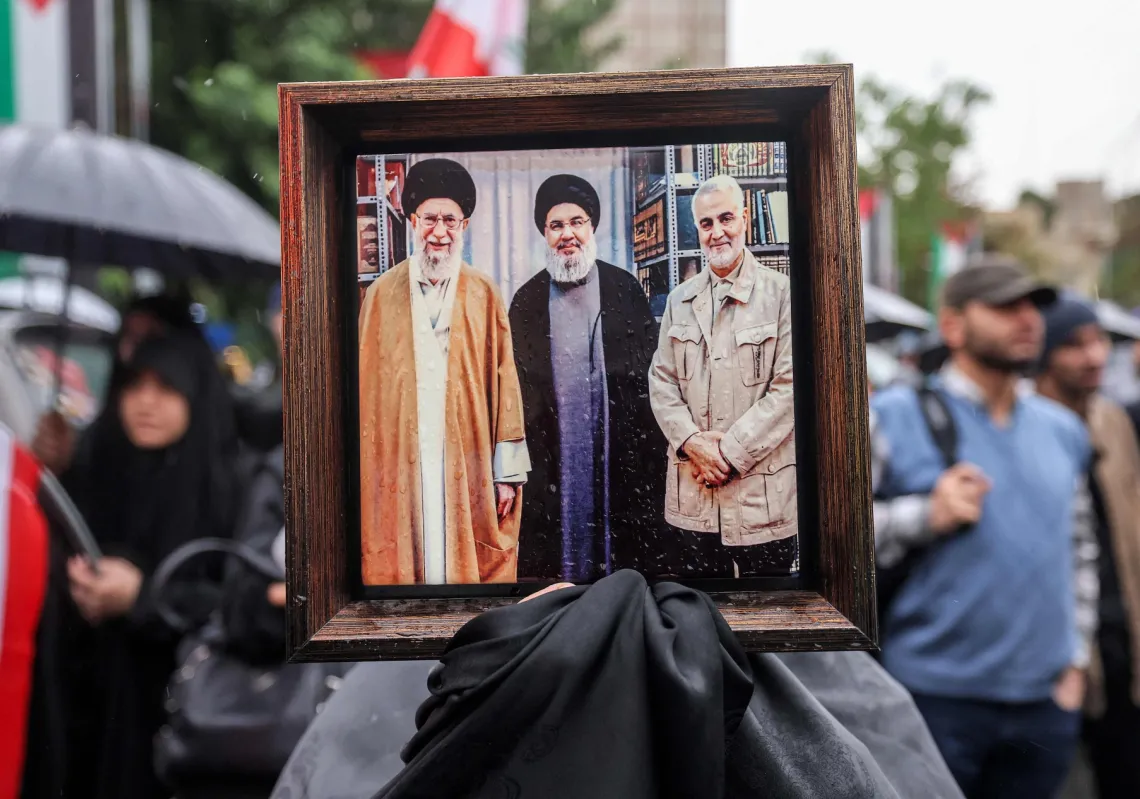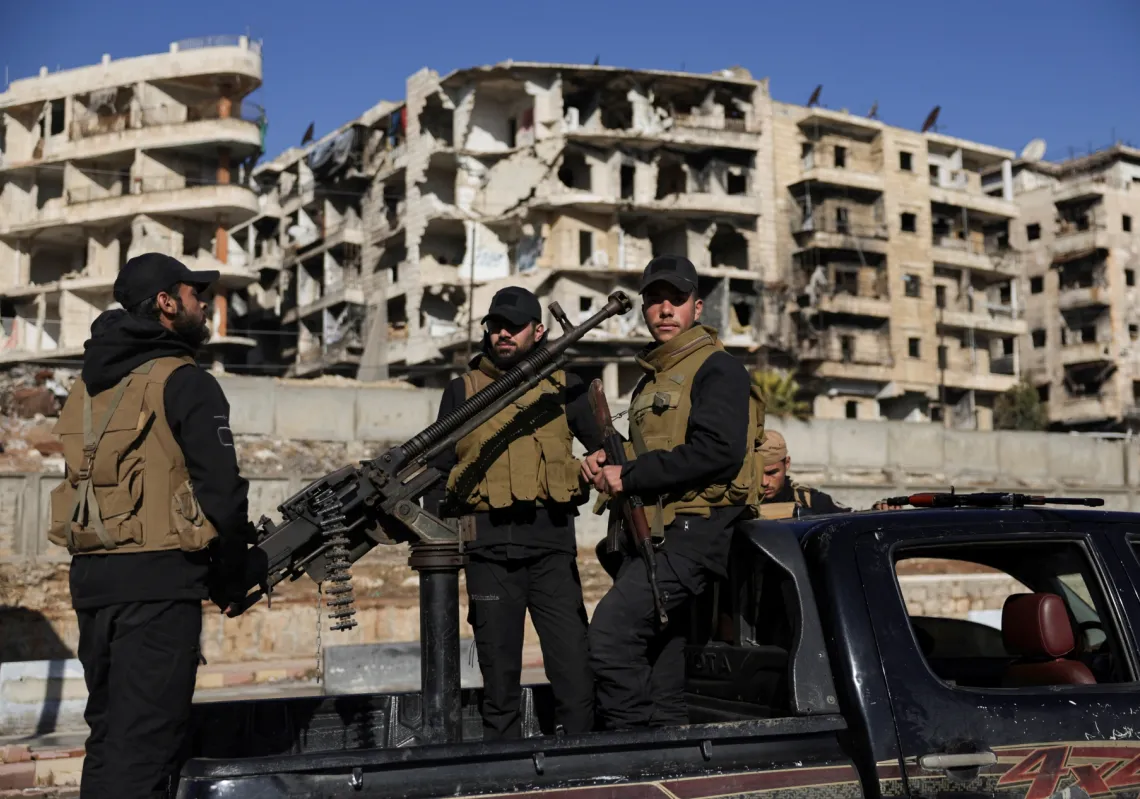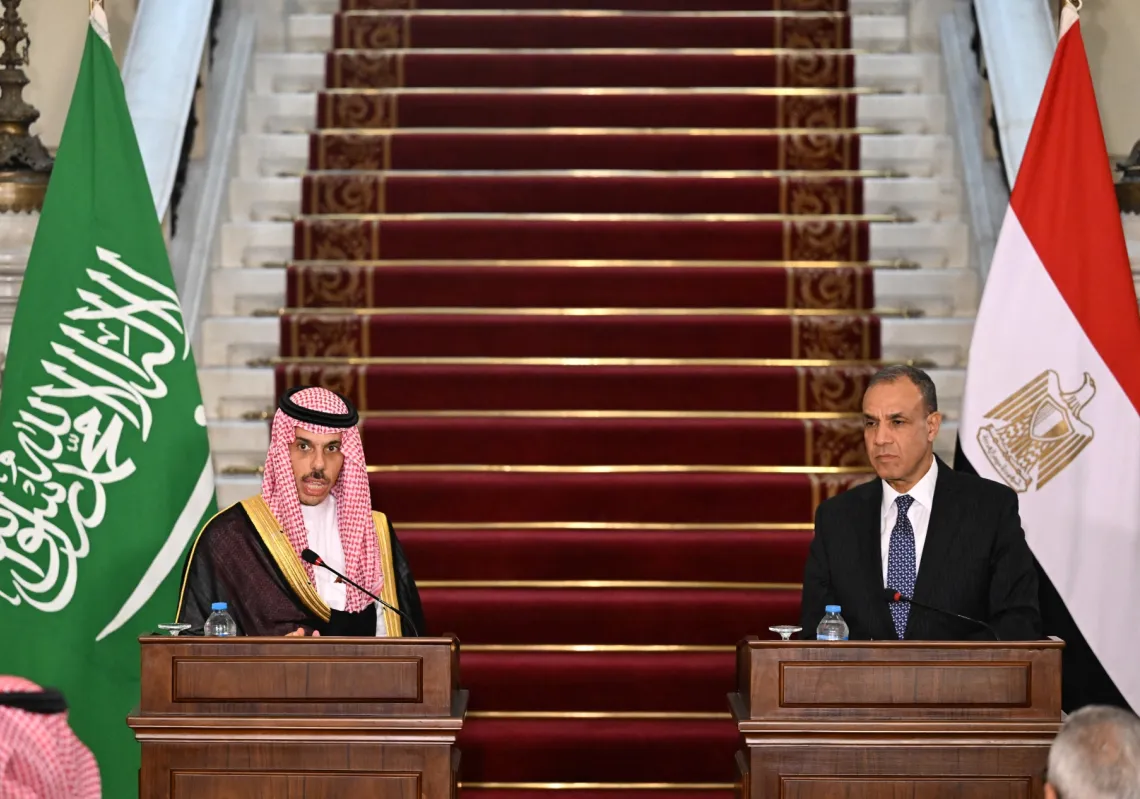Creativity is the path of awareness and cinema is one of the most prominent forms of human creativity and the most expressive of intellectual achievement in the cultural field.
The visual image represents the shortest and most effective way to clarify the current reality, explain its challenges, dissect its facts and analyze its dimensions. This would contribute to spreading awareness across a wide timeframe on a wide geographical scope among many people, provided that they have the required freedom in thought and practice.
This is rejected by Tehran which considers that cinema is the most dangerous weapon in the face of its efforts to complete its project aimed at dominating the region and its capabilities.
This project depends in its success on spreading ignorance, eradicating vision and fighting criticism and analysis of all the policies it pursues and the procedures it follows.
TEHRAN AND ITS DUAL VIEW OF CINEMA
Tehran views cinema from two angles.
The first angle is the fact that cinema is a tool for political manipulation, as it uses it as a tool to spread its ideas and visions, not only within the interior of Iran, but in continuous attempts to dominate the minds of overseas followers and supporters.
We find many Iranian films that glorify figures who spread extremism and incite terrorism and murder, in an attempt to create an imaginary enemy of the Iranian state through which it warps the minds of these followers and turns them into puppets who are moved as and when it wants.
Secondly, cinema is a tool to demolish the government’s project of domination and expansion, and therefore hostility ensues if Iranian cinematic films reveal the facts of reality with its crises and problems. Tehran fears that such films will be able to play an educational role in alerting minds, correcting concepts and exposing fallacies, which is what may create conflict.
The pressure is permanent and continuous against the creators of cinema who try to present in their artworks an expressive picture of the painful reality experienced by the Iranian people under the regime of these mullahs.
TEHRAN AND THE IMPRISONMENT OF CREATORS: WORMS OF THE MULLAHS RULE
In its battle against cinema and its influence, Tehran relies on the imprisonment and arrest of creators, similar to what happened recently when Tehran arrested both Iranian directors Mohammad Rasoulof and Mostafa Al-Ahmad on July 8, and detained them in an unknown location after they protested against violence against civilians in Iran. Three days later the mullahs completed their crackdown with the arrest of director Jafar Panahi.
These three creators represent cinematic and artistic icons, not simply Iranian, but internationally. Their works have previously won international awards, Rasoulof, for his film “A Man of Integrity” which won Cannes Un Certain Regard in 2017.
After winning this award, the Iranian authorities prevented him from traveling, placed him under house arrest and prevented him from moving and working since that time. He was even sentenced to one year in prison, similar to what he had previously faced which was a five-year prison sentence in 2009 with a restriction preventing him from producing his films for 20 years. His sentence was later reduced.
Director Panahi's films have also won many international awards, the most important of which is the film "Taxi" which won the Golden Bear at the Berlin Festival, and his film "Three Faces" which won the Best Screenplay award at the Cannes Festival in 2018. The Iranian authorities had prevented him from attending the French festival.
It is reported that the European Parliament had awarded him and human rights activist Nasrin Sotoudeh the Sakharov Prize for Freedom of Thought in absentia on December 12, 2012.
The then-president of the European Parliament, Martin Schulz, noted that the award “represents recognition of the extraordinary efforts made by Mrs. Sotoudeh and Mr. Panahi in the war for human dignity and basic rights and for political change in Iran," where he had been sentenced to six years in prison and banned from working for 20 years. Iranian judges consider his films, screenplays, and interviews to be a national security threat.
It is worth noting that the wave of arrests against Iranian creators did not pass without international condemnation, which happens every time an Iranian creator is arrested. The US State Department’s Bureau of Democracy, Human Rights, and Labor condemned Iran’s continued attempts to restrict freedom of expression, and stated in a tweet that: “The recent arrests in Iran of politicians, directors, and brave women demonstrating against the compulsory veil laws are a shameful repression of peaceful opponents.”
It goes without saying that what happened was not the first time that these people were arrested and imprisoned. Rather, they were among the most prominent cinematic names that were exposed to such illegal practices resulting in a waste of creative energies, obscuring corrective ideas and preventing enlightened visions that should prevail in Iran. This is a society that is witnessing a real movement among its youth who reject an outdated rule but are no longer able to publish their thoughts and express their ambitions.
Demonstrations have increased, unrest has varied, and protests have multiplied in various parts of the Iranian Republic, signaling the refusal to continue along this path of restrictive policies, economic failures and living crises.
TEHRAN AND THE POLICY OF REPRESSION: EVERYONE HAS HAD ENOUGH
It is a sad joke that criticism of Iran's record in the field of freedom of expression comes from one of the Iranian leaders who represent the hardline movement.
The "Delta" news website, which is close to former Iranian President Ahmadinejad, published the content of the message he submitted to Supreme Leader Ali Khamenei in 2018, about what was stated in his speech on the occasion of Nowruz Day on March 21, 2018.
The message included the topic of freedom of expression which the Supreme Leader spoke about: “Although it is also guaranteed by the constitution, the judiciary does not adhere to your viewpoint in this regard.”
The contention was in criticism of what is clear about the judiciary's practices and its violations of the provisions of the constitution, as it is not the first time that the judiciary has been criticized.
This comes bearing in mind that the Supreme Leader is the one who chooses the head of the judiciary according to his constitutional powers, and this is why many observers considered that Ahmadinejad's repeated criticism of the judiciary chief is nothing but veiled criticism of the Supreme Leader's policies.
Despite the validity of this criticism and even its importance coming from a man from within the corridors of the Iranian regime, he did not express the reality as it is.
This is because whoever looks at the rule of the former president Ahmadinejad finds that freedom of expression was not in a better condition either from the periods of rule of those who preceded him or those who came after him. This confirms that the policy of repression, arrest and imprisonment is part of the vocabulary of Iranian policy in dealing with the issue of freedom of opinion and expression as a broad concept in general, and as a concept related to freedom of creativity cinema in particular.
In summary, if it is true that what Tehran has done in terms of arresting its creators, artists and intellectuals, this raises the question about how a country that seeks to have a prominent position in the world can make a chasm for these creators and artists.
It is also true that a careful analysis of Tehran’s vision should not cause any surprise and astonishment in the light of the Iranian State’s view and its stances towards the various countries of the world.
This same vision pushes it to harness all its energies and capabilities in order to possess a nuclear weapon, which it believes will protect its security and maintain its stability at a time when its people suffer from hunger, ignorance, poverty, destitution and the denial of basic and life supporting services.
The record of history confirms that the state’s demolition, disintegration, loss and overthrow of its systems remain dependent on its ability to serve its citizens who represent the main cohesion in the face of any external interference or aggressive attacks, (without this implying a failure in providing the requirements of its military, security and economic capacity). This is the formula for building a state that is capable of continuity and resilience in the face of challenges and threats. A coherent populace is the main pillar for building a strong state capable of achieving its national security in its internal and external dimensions.
This will not be achieved if the state enters into a battle with its creators and artists, insofar as they are the first line of defense in the face of advanced generation warfare that depends on a mixture of the tools of hard power and soft power, and on top of the latter is cinema. Will Tehran realize this before it is too late?









